.jpg)
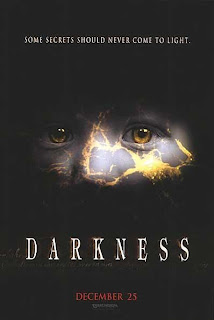.jpg)
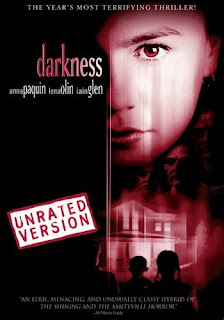.jpg)
reVIEW (25)
DARKNESS [2 of 3]
The following is a slightly altered version of a previously published review entitled “The Wisdom of Darkness.”
Darkness is built around one of the hoariest chestnuts in horror cinema: the family moving into a new home, where strange things begin to happen. It is to director Jaume Balaguero's considerable credit that the film turns out to be a very tight, very chilling exercise in storytelling.
"This is going to be the best house in the whole world."
It is a wise move on the part of Balaguero and co-writer Fernando de Felipe to begin the script (after a short prologue set 40 years earlier) nearly three weeks into the family's move to the new home, so we are spared the usual—and now tedious—initial sight of the abode and the moving-in proper.
We are, in effect, introduced to the story in a sort of in medias res. We do not see the move itself, but we do see the effects of the move, the lingering feelings of displacement, with loads of boxes still waiting to be unpacked.
In quick succession, we are then introduced to Regina (Anna Paquin) and her family; her younger brother Paul (Stephen Enquist), father Mark (Iain Glen; Rosencrantz & Guildenstern Are Dead), mother Maria (Lena Olin; The Unbearable Lightness of Being, and recently, TV's Alias), and paternal grandfather, Albert (veteran Italian actor Giancarlo Giannini, seen a couple of years back in Roman Coppola's CQ).
It isn't long before the strange goings-on start, as the tension and dread gradually build till the movie's shuddering climax.
"It's different here. The dark."
And the strange goings-on here are decidedly low-key, unlike special effects horror movies of the Poltergeist school. Here, we have a child's handprints on the ceiling, or colored pencils rolling under the bed. Low-key, but very, very effective.
Darkness is chilling in a way that a lot of recent Hollywood "horror" movies aren't. And unlike some excellent foreign horror films like Ringu or The Others (which basically maintain a steady level of dread throughout the entire film, until the climax), Darkness—which unfolds over the course of a week, much like Ringu—actually builds the momentum of the tension and the sense of unease, spiraling upwards, drawing us inexorably along on a wave of dread.
"What you're saying is terrible. It's obscene!"
One of the strengths of the script is its treatment of the inter-family dynamics, and individual characteristics of each member. Regina is the rebellious daughter, constantly misunderstood and at odds with her mother, Paul, the haunted young boy apparently at the center of the sinister maelstrom brewing in the shadows of their new home. Mark (suddenly faced with the recurrence of a condition that causes him to have fits, and irrational, uncontrollable rages) is the head of the family trying to keep everything—and himself—under control, while Maria is the mother who is, at first, in denial of what is truly going on, until she is faced with the apparent brutal truth, and forced into action. We are even privy to the distance between Mark and his father; small wonder, since Mark grew up in another country with his mother.
All this family psychodrama plays off the horror elements well, so much so that the family unit is besieged on two fronts: there is the external, supernatural threat, and the internal, natural threat, with the script structured in such a way that even as the film builds to its climax, with the strangeness in full chaotic bloom, the filial revelations we uncover at the same time still hold a potent, poignant weight.
On the technical end, Balaguero is aided and abetted most admirably by his cinematographer Xavi Gimenez, editor Luis de la Madrid, and composer Carles Cases. Darkness is shot and cut and scored exquisitely, elevating what could have been just another haunted house story into something much, much more.
"We are our origin. And our origin is that. Evil. Disorder."
I suppose I should warn you though. The whys and wherefores aren't underscored neatly for the audience. But most of the cryptic clues are in place for us to piece this sinister puzzle together.
And trust me, this is all rather well thought-out. Even the bit with the colored pencils. What is, at first blush, foreshadowing, is also great symbolism, for isn't black the absence of color, the negation of it, as if darkness can indeed consume and annihilate the entire spectrum, as if inevitably, inexorably, we must all slide into the dark...
"Once begun, no one can stop it. There is no way back."
(Darkness OS’s courtesy of filmaxinternational.com and impawards.com; DVD cover art courtesy of amazon.com.)
DARKNESS [2 of 3]
The following is a slightly altered version of a previously published review entitled “The Wisdom of Darkness.”
Darkness is built around one of the hoariest chestnuts in horror cinema: the family moving into a new home, where strange things begin to happen. It is to director Jaume Balaguero's considerable credit that the film turns out to be a very tight, very chilling exercise in storytelling.
"This is going to be the best house in the whole world."
It is a wise move on the part of Balaguero and co-writer Fernando de Felipe to begin the script (after a short prologue set 40 years earlier) nearly three weeks into the family's move to the new home, so we are spared the usual—and now tedious—initial sight of the abode and the moving-in proper.
We are, in effect, introduced to the story in a sort of in medias res. We do not see the move itself, but we do see the effects of the move, the lingering feelings of displacement, with loads of boxes still waiting to be unpacked.
In quick succession, we are then introduced to Regina (Anna Paquin) and her family; her younger brother Paul (Stephen Enquist), father Mark (Iain Glen; Rosencrantz & Guildenstern Are Dead), mother Maria (Lena Olin; The Unbearable Lightness of Being, and recently, TV's Alias), and paternal grandfather, Albert (veteran Italian actor Giancarlo Giannini, seen a couple of years back in Roman Coppola's CQ).
It isn't long before the strange goings-on start, as the tension and dread gradually build till the movie's shuddering climax.
"It's different here. The dark."
And the strange goings-on here are decidedly low-key, unlike special effects horror movies of the Poltergeist school. Here, we have a child's handprints on the ceiling, or colored pencils rolling under the bed. Low-key, but very, very effective.
Darkness is chilling in a way that a lot of recent Hollywood "horror" movies aren't. And unlike some excellent foreign horror films like Ringu or The Others (which basically maintain a steady level of dread throughout the entire film, until the climax), Darkness—which unfolds over the course of a week, much like Ringu—actually builds the momentum of the tension and the sense of unease, spiraling upwards, drawing us inexorably along on a wave of dread.
"What you're saying is terrible. It's obscene!"
One of the strengths of the script is its treatment of the inter-family dynamics, and individual characteristics of each member. Regina is the rebellious daughter, constantly misunderstood and at odds with her mother, Paul, the haunted young boy apparently at the center of the sinister maelstrom brewing in the shadows of their new home. Mark (suddenly faced with the recurrence of a condition that causes him to have fits, and irrational, uncontrollable rages) is the head of the family trying to keep everything—and himself—under control, while Maria is the mother who is, at first, in denial of what is truly going on, until she is faced with the apparent brutal truth, and forced into action. We are even privy to the distance between Mark and his father; small wonder, since Mark grew up in another country with his mother.
All this family psychodrama plays off the horror elements well, so much so that the family unit is besieged on two fronts: there is the external, supernatural threat, and the internal, natural threat, with the script structured in such a way that even as the film builds to its climax, with the strangeness in full chaotic bloom, the filial revelations we uncover at the same time still hold a potent, poignant weight.
On the technical end, Balaguero is aided and abetted most admirably by his cinematographer Xavi Gimenez, editor Luis de la Madrid, and composer Carles Cases. Darkness is shot and cut and scored exquisitely, elevating what could have been just another haunted house story into something much, much more.
"We are our origin. And our origin is that. Evil. Disorder."
I suppose I should warn you though. The whys and wherefores aren't underscored neatly for the audience. But most of the cryptic clues are in place for us to piece this sinister puzzle together.
And trust me, this is all rather well thought-out. Even the bit with the colored pencils. What is, at first blush, foreshadowing, is also great symbolism, for isn't black the absence of color, the negation of it, as if darkness can indeed consume and annihilate the entire spectrum, as if inevitably, inexorably, we must all slide into the dark...
"Once begun, no one can stop it. There is no way back."
(Darkness OS’s courtesy of filmaxinternational.com and impawards.com; DVD cover art courtesy of amazon.com.)

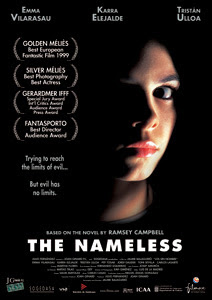.jpg)
.jpg)


+1+blog.jpg)
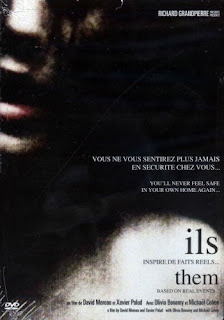.jpg)
+blog.jpg)
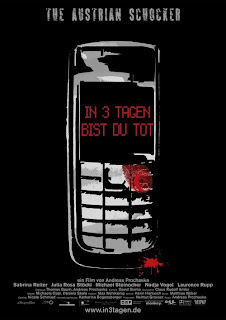.jpg)
.jpg)
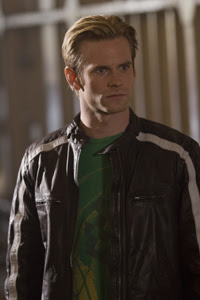.jpg)

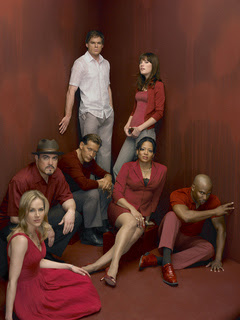

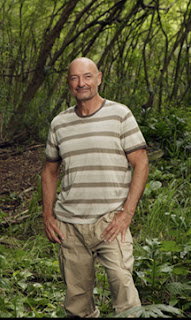+blog.jpg)
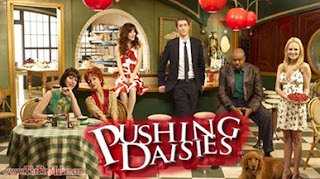+1+blog.jpg)


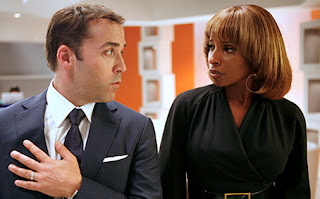
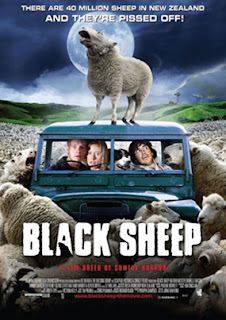+1+blog.jpg)
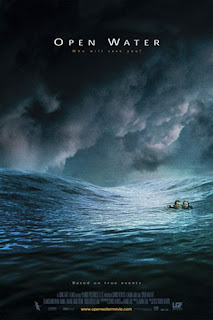+2+blog.jpg)
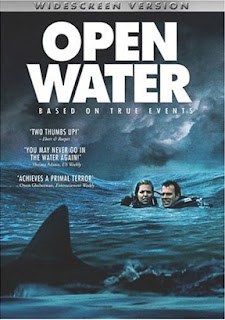+dvd+blog.jpg)
+1+blog.jpg)
+brandon+routh+blog.jpg)
+bsg+blog.jpg)
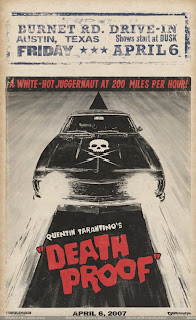
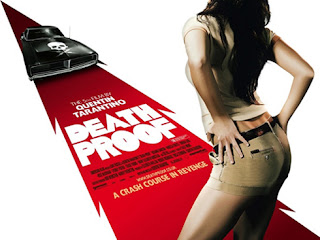+blog.jpg)
+blog.jpg)
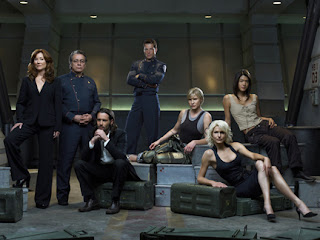.jpg)
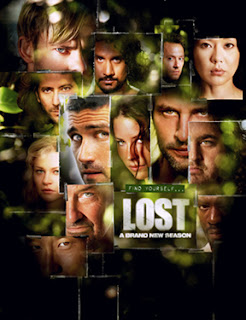.jpg)
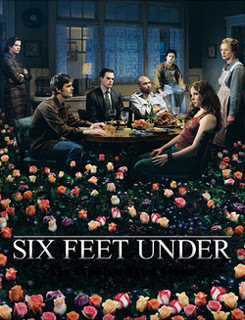+blog.jpg)
+blog.jpg)
+blog.jpg)
+3.jpg)
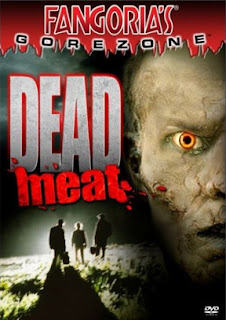+dvd+blog.jpg)
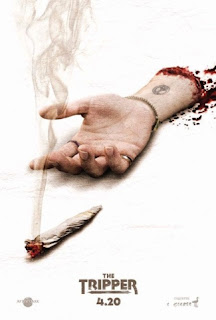.jpg)
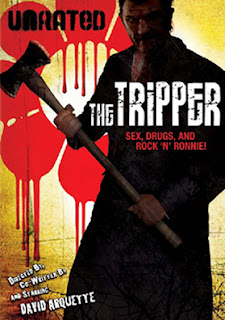+blog.jpg)


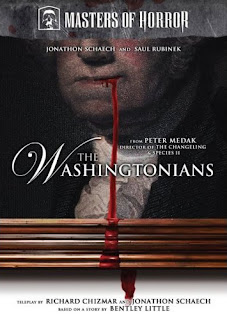.jpg)
.jpg)
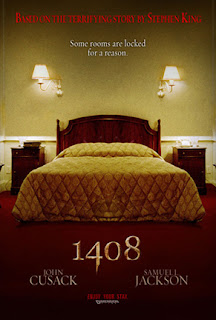+blog.jpg)
.jpg)